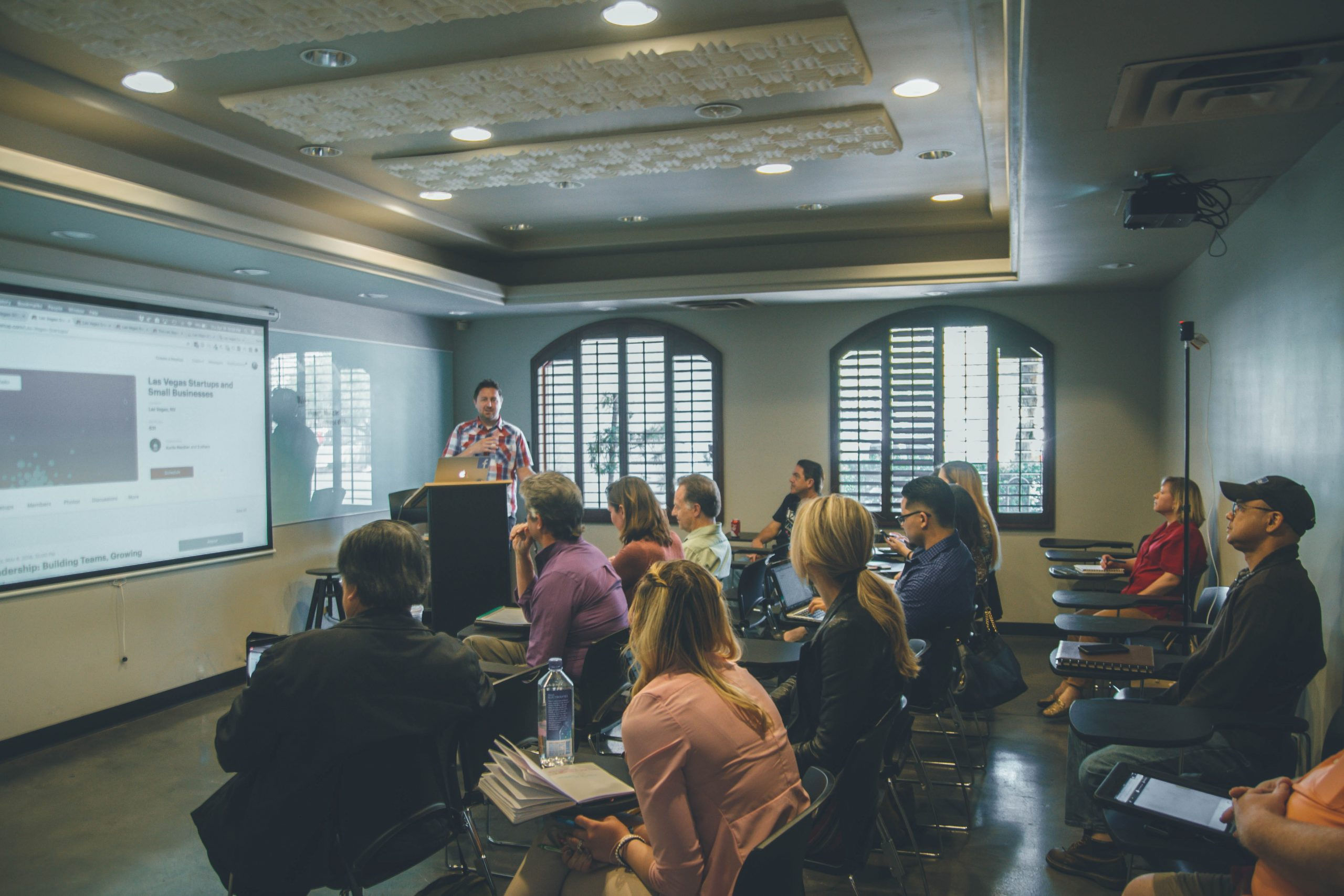Learning By Doing: 7 Principles of Rapid Instructional Design
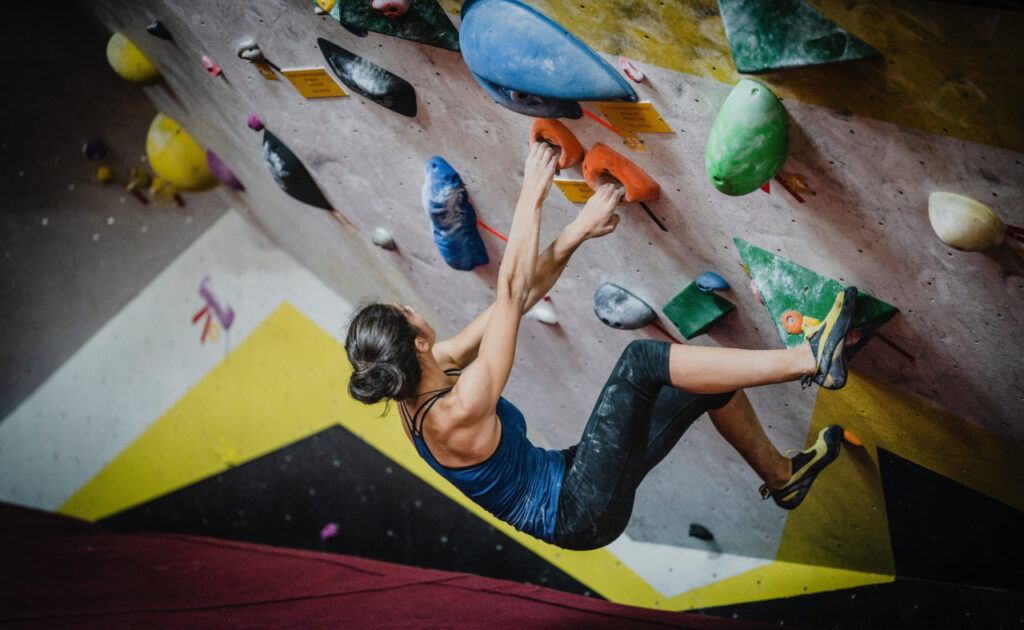
Everybody at some point has to learn how to do a job or skill. Large and small companies alike must train employees, and modern creators and course designers have to think about the best methods for imbuing students with knowledge.
This is what Rapid Instructional Design aims to do—make instructors and teachers more effective.
It evolved out of David Meier’s disillusionment with Instructional Systems Design, which had been developed during World War II and became the standard for the next 40 years.
Meier recognized that the ISD model is “too slow, cumbersome, stiff, linear, and emotionally dull,” as he mentions in The Accelerated Learning Handbook. He points to 5 problems:
- It’s too time-consuming
- It’s overly cognitive
- It’s too controlling
- It treats learners as consumers
- It’s material’s-based rather than activity-based
Meier treats Rapid Instructional Design as ISD’s replacement. It is fast where ISD is slow, whole-body where ISD is cognitive, flexible where ISD is rigid, and active where ISD is passive.
The new approach replaces traditional media-heavy courses with activity-based courses. It builds on research showing that people learn by doing, from experience with feedback, not from training materials and presentations.
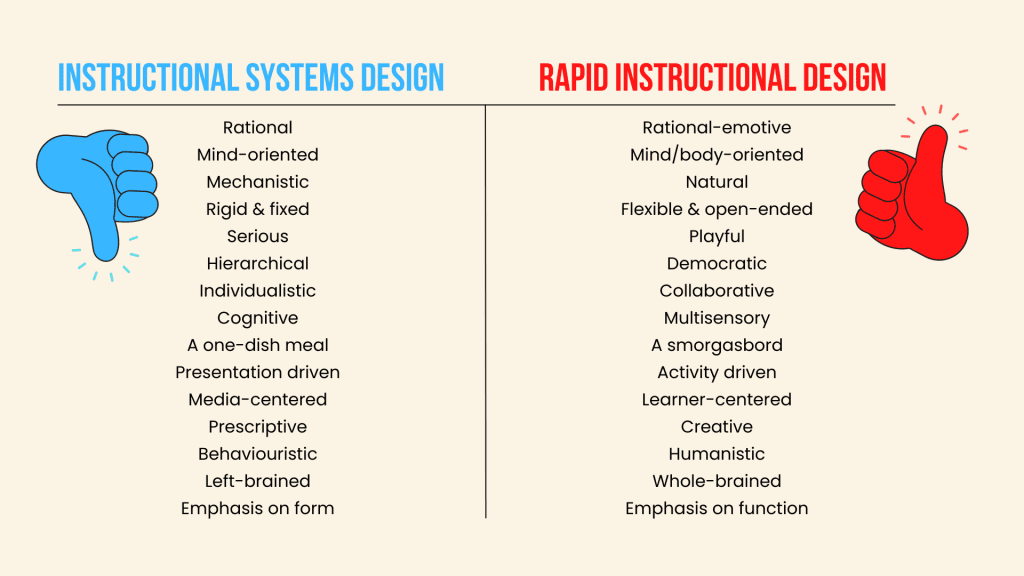
This doesn’t only make the learning experience more effective, but it saves you time as you don’t have to create a bunch of material.
As the instructor, what you need to think about is what your students will be doing on the job—what are they being trained to do? Designing activities that get them to practice those precise skills is the route to success.
As Meier says:
“You learn how to swim by swimming, how to sell by selling, and how to manage by managing.”
Rapid Instructional Design rests upon the following 7 principles. They are flexible and can be applied creatively depending on your goals and constraints, but they will help you get the most from your time teaching, so apply them where you can.
The 7 Principles of Rapid Instructional Design
Here is how to apply the 7 principles for rapid instructional design when you are making your own course, coaching programs or retreats.
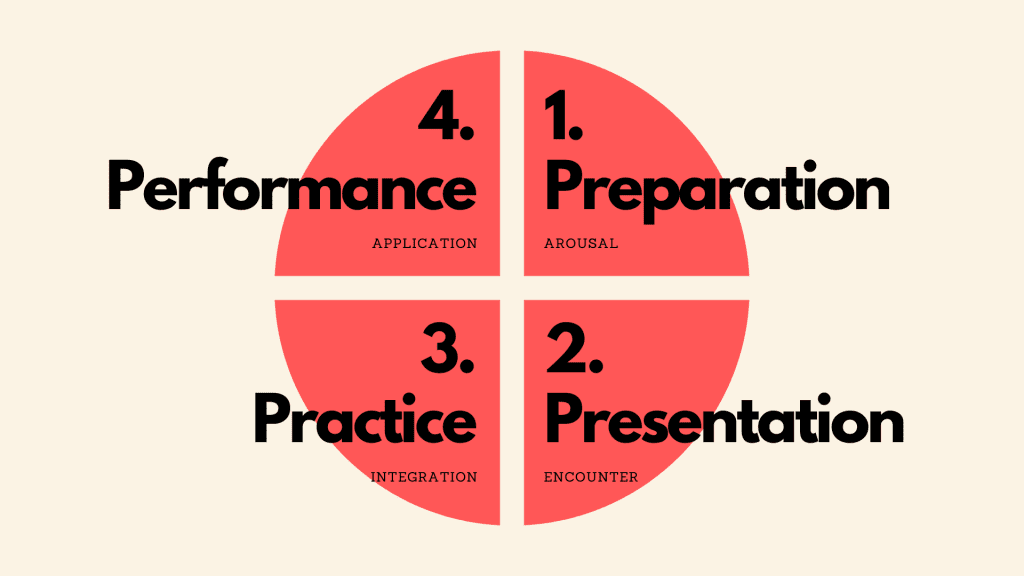
1. Design with the 4-Phase Learning Cycle
Here’s how the 4-phase learning cycle works:
1. Preparation: The arousal of interest. Students need to be curious, open-minded, and ready to learn. Based on past experience they might look at learning as something stressful or boring, so you will need to spark interest by asking questions, posing problems, setting goals, and convincing them of the benefits.
2. Presentation: The initial encounter with new knowledge or skill. This is what traditional courses focus 80% of their time on, passively feeding students the information. Instead, focus 25% of your time on presentation, but make it an active experience, engage different senses, get students to collaborate, and make it interactive.
3. Practice: Here students start integrating the new knowledge or skill. Where traditional courses spent too much time on presentation, here we take much of that time and apply it to practice. Use real-world simulations and games, trial and feedback sessions, and problem-solving activities.
4. Performance: Apply the new knowledge or skill. The sooner people can put their new skills to use, the more they’ll stick. If it takes months before the real world asks them to apply it, chances are they’ll forget a lot. Use ongoing coaching, performance evaluation and feedback, and post-session reinforcement.
2. Appeal To All Learning Styles
It’s important to provide a rich environment that engages people on multiple levels. Different people have different learning styles, and giving them options will help keep them attentive and active.
Rapid Instructional Design should involve a combination of 4 main mediums:
- Somatic: Get your students moving and doing things, using their whole body instead of sitting down at a desk or computer.
- Auditory: Students should alternate between talking out loud and listening to others.
- Visual: We are very visual creatures, and it can help students to draw and picture what they’re learning.
- Intellectual: Students need time to reflect and make sense of their new knowledge, to create new mental models and meaning.
3. Make Your Designs Activity-Based
People learn more effectively when they’re active and creative in the educational process.
Most courses spend too much time presenting information, Rapid Instructional Design acknowledges that students learn by doing.
While some presentations and related materials can’t be avoided, try to spend most of your time creating activities, games, and problems, that learners can engage in.
4. Create A Learning Community
Traditional education has treated individuals as just that—an individual. In this way students are largely isolated, work by themselves, and only rarely have a chance to talk and interact with others.
This runs against what people are—social creatures. We learn best together in communities. So flip that old dynamic around—focus on group activities.
Encourage more integration, communication, cooperation, and teamwork. Isolated activities, like that for reflection, should occupy only a small portion of your time.
5. Alternate Between Physically Active and Passive Activities
While the learning by doing approach is core to Rapid Instructional Design, passive activities still have their place, and in fact people learn best when they spend time alternating between both active and passive physical activities.
People need to spend time up and about and doing things with their hands, and sitting and thinking with their brains.
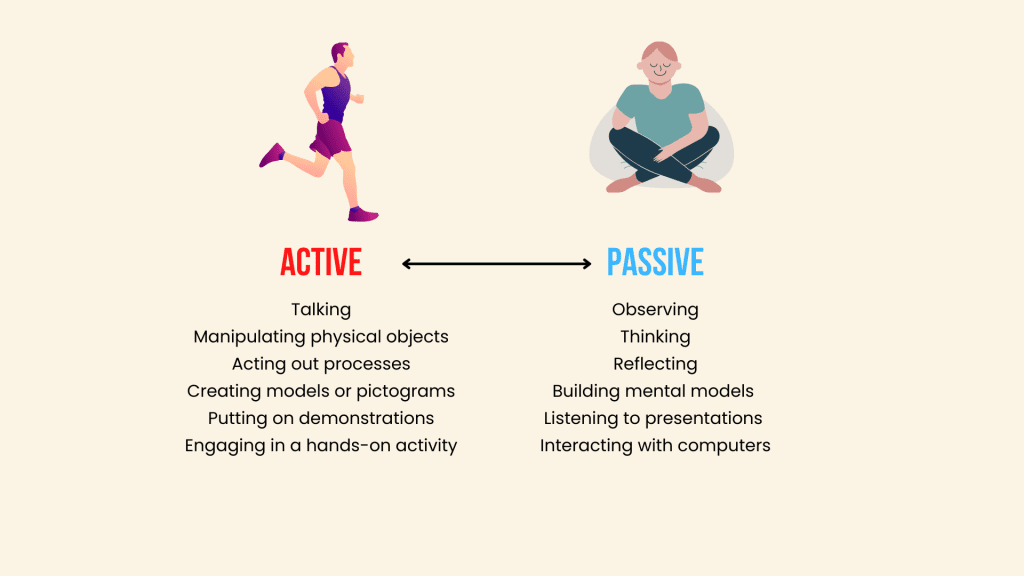
6. Follow The 30/70 Rule
Meier recommends an almost Pareto ratio of 30/70 between active and passive activities.
However, while traditional instruction programs and education might have that ratio in favor of the passive, Rapid Instructional Design flips it the other way around.
Design your course so that at most 30% of your time is devoted to presentations and media; with the rest devoted to learning by doing, including practice and group activities.
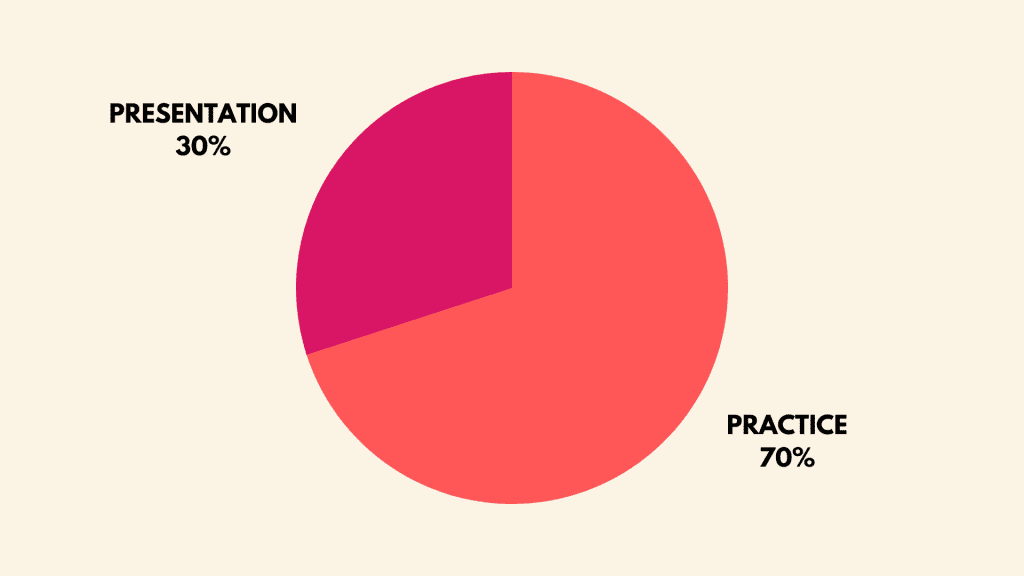
7. Create A Flexible, Open-Ended Design
Design a system that’s capable of adapting and changing to your students, not something intended to be precisely repeated over and over.
People need to create knowledge for themselves and that is vastly more difficult when the curriculum is rigid. They need to have some control and agency to do things their way.
People are different and a program that can learn and evolve with them will function much better than trying to mold all the students in the same way.
The Rapid Instructional Design Process
These 7 principles will help you design a more effective course, one that is enjoyable for both you and your students. It’s not restrictive so you can be creative and adapt as you see fit. It will also save both you and your students’ time, but it won’t skimp on the outcomes.
In comparison to other instructional courses and education more generally, Meier’s Rapid Instructional Design better leverages the science of learning. It swaps the focus from a passive approach to one where students learn by doing, where they’re active and serve as creators of their own knowledge.


